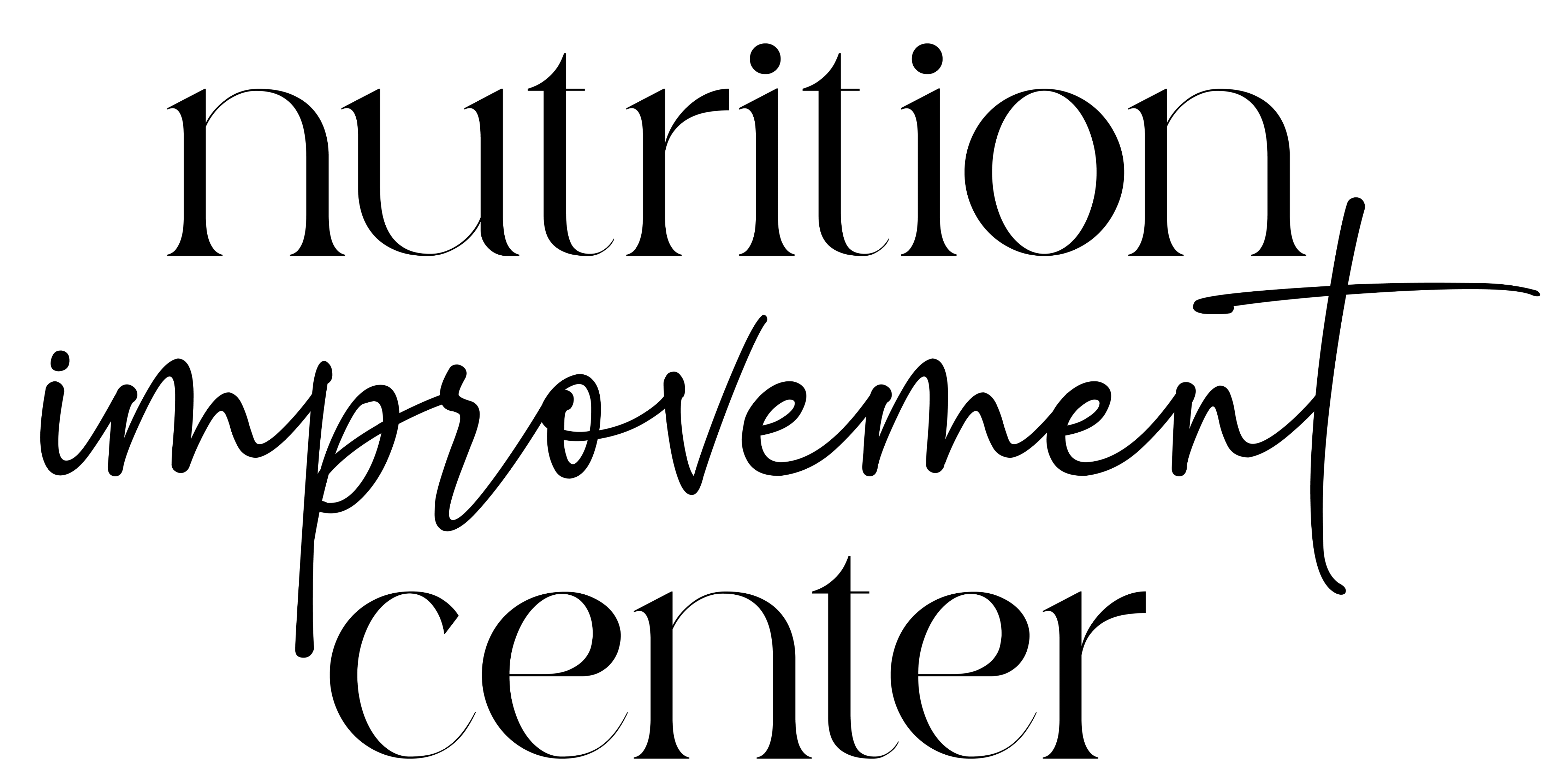How Breathing Techniques Can Soothe Anxiety
October 27, 2020 – Sydney Levine
Breathing techniques have been used for centuries as a means of connecting to the body in important mental, physical, and spiritual ways.
Research has been dedicated to discovering and illustrating the reasons why a simple breathing technique can have such a large and transcending affect on the body and mind. The possibilities that come with using breathing as a means of combatting anxiety are numerous. Using a breathing technique means having the ability to reduce tension, increase relaxation, and can allow both your mind and your body to “slow down, energize, and develop harmony and tranquility”. Some clinicians point out that through practicing breathing techniques effectively, clients may realize that they have control over their internal experiences, which at times may have seemed uncontrollable and overwhelming.
Oftentimes anxiety is associated with quick, shallow breaths. This symptom of anxiety can be frightening and lead to more feelings of stress or panic. The unfortunate part of this symptom is that it is often misleading and misinterpreted by the individual experiencing it. The feeling of not being able to breathe and the added stress of that sensation reinforces and amplifies the anxious feelings that a person is already experiencing. With this in mind, it is easy to understand why having the knowledge and capability to practice healthy breathing techniques is pivotal for mental and physical health. Practicing healthy breathing patterns will incorporate more feelings of calmness and other positive energies into your life, rather than being stuck in the cycle of stress and anxiety.
“Natural healthy breathing increases energy and relaxes the body and mind, while at the same time allowing the respiratory system to function at peak efficiency”
— Wilkinson, Buboltz, & Young (2002)
There are a variety of healthy, calming breathing techniques that can be practiced in a variety of settings: alone, in public, and even with your mental health professional.
The first technique here is one of the easiest and most effective techniques for many situations. This technique is known as The Slowing Down Respiration Technique. You can follow along with these steps as you read them:
- Take a deep, slow breath, drawing in through the nose and out through the mouth, which should be closed when inhaling. Inhaling and exhaling should take about six seconds each. (Counting silently is often helpful.)
- Place one hand over the diaphragm area of the abdomen and continue drawing long, slow, deep breaths using the same method. Aim to reduce breathing to 10–12 breaths per minute.
- While breathing deeply through the nose, the hand should move up and down as the chest wall expands and contracts with lung inflation and deflation. Shoulders should remain stationary.
- Continue this exercise for several minutes once the desired breathing rate has been achieved. (Wilkinson et al.)
Many people talk about the technique known as belly breathing. Belly breathing is often a feature in many yoga and meditation practices and is known for helping to ease moments of stress and anxiety.
Belly breathing can be practiced with the following steps:
Place one hand on your belly, the other on your chest.
Consciously relax your abdominal muscles when you inhale, then gently tighten them as you exhale. Breathe in slowly and deeply through your nose, so that the hand on your abdomen moves more than the one on your chest.
(Once you’ve mastered that, you can further deepen your breathing by expanding your chest right after your belly.)
Then exhale slowly through pursed lips; it should take roughly twice as long to breathe out as in.
Try to do the exercise once or twice a day for 10 to 15 minutes.
And try to make belly breathing (without the extended exhalation) a regular habit throughout the day. (Consumer reports on health)
Another technique known as The Yoga Complete Breath is one of the foundations of the Yoga Science of Breath. This technique can be helpful for gaining a complete understanding of the breathing process and can help individuals learn to recognize what a full, complete breath feels like for their body while also bringing the comfortable feelings of calmness and relaxation. (Wilkinson et al.)
- Put yourself in a comfortable position, preferably standing or sitting. Take a breath through your nostrils, inhaling steadily, as you first fill the lower part of your lungs. You can accomplish this by pushing down with your diaphragm that exerts a gentle pressure on your abdominal organs. Now fill the middle part of your lungs, by pushing out the lower ribs, breastbone and chest. Next, fill the higher portion of your lungs, by protruding your upper chest, thus lifting the chest. In the final movement, the lower part of your abdomen will be slightly drawn in, this movement gives your lungs support and helps fill the highest part of your
- Once the breath has been inhaled, you should hold this breath for a few seconds (it may be helpful to count to yourself at this point)
- Exhale very slowly, holding your chest in a firm position and drawing your abdomen in a little and lifting it upward slowly as the air leaves the lungs. When the air is entirely exhaled, relax your chest and abdomen.
Breathing techniques branching from Yoga are numerous and varied. Another set of techniques known as the Single Sided Breathing Techniques are ideal for reducing anxiety and stress and can be used in multiple situations. The right nostril is traditionally thought of as increasing energy while the left nostril promotes calmness. A client utilizing these techniques will have the ability to alter their physiological and psychological state with practice. Here is how to practice both of the Single Sided Breathing Techniques:
Right Nostril Breathing (Energy)
- Close off your left nostril with your index finger.
- Inhale slowly and deeply through your right nostril until there is a sense of fullness in your lungs.
- Hold this breath for a count of three seconds.
- Exhale slowly and completely through your right nostril.
- Complete this cycle of breathing for seven to ten times or until you have achieved a sense of being energized.
Left Nostril Breathing (Calmness)
- Close off your right nostril with your index finger.
- Follow the same procedure as Right Nostril Breathing except breathe through your left nostril for a sense of calmness. (Wilkinson)
One final technique that pops up around the internet is simple and easy to follow in moments of anxiety. Simply by breathing in and out as the image opens and closes can help you to find a steady, healthy breath and bring back the sense of calmness that was missing.
Part of recovering from disordered eating is learning ways to manage the impulses that tell you to become ineffective towards meeting your goals. Each episode of binge eating, restricting at meals, compulsive overeating and purging can be reduced each time you stop to breathe by using one of these techniques. A lot of the clients who contribute to our Posts of Self Expression convey the struggles of dealing with these impulses through recovery. The need to feel perfect and meet the standards of society are ever-present and menacing. Practicing any of these breathing techniques that works best for your situation can help you to greatly reduce the anxiety that leads to impulsive and unhealthy behaviors that are associated with an Eating Disorder.
References
Breathing exercises: Decrease anxiety, strengthen lungs. (2007). Consumer Reports on Health, 19(2), 5.
Wilkinson, L., Buboltz, J. C., & Young, T. R. (2002). Breathing Techniques to Promote Client Relaxation and Tension Reduction. Journal Of Clinical Activities, Assignments & Handouts In Psychotherapy Practice, 2(1), 1.
Wilkinson, L., Buboltz Jr., W. C., & Seemann, E. (2001). Using Breathing Techniques to Ease Test Anxiety. Guidance & Counseling, 16(3), 76.

